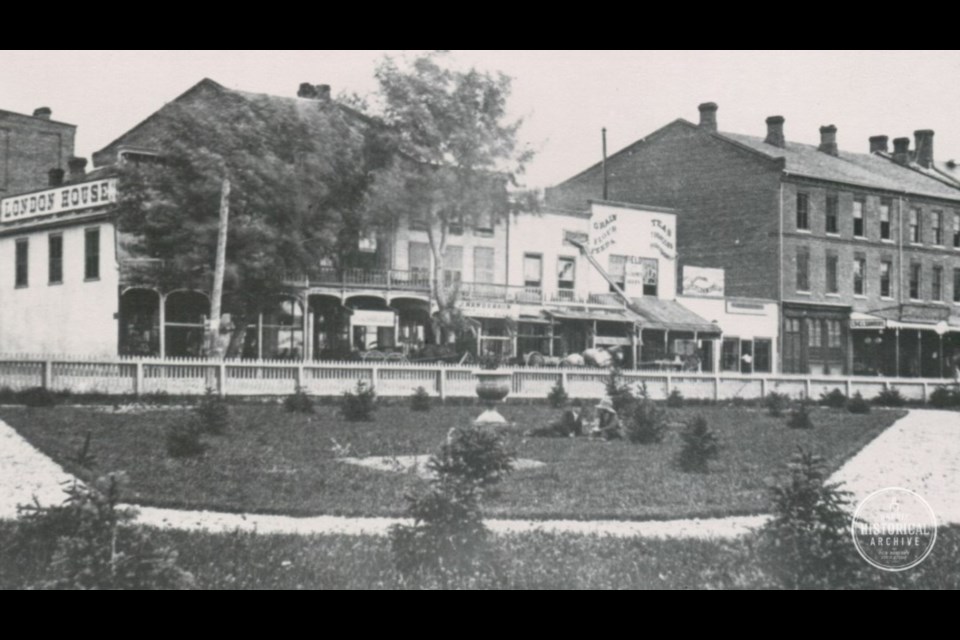Fruit cake: Do you love it or hate it?
Its heyday has passed, but this sweet bakery item was once an essential part of Christmas traditions all over Europe and North America.
When the Romans were attempting to conquer Britain, they brought with them this ancient version of an energy bar to sustain their soldiers.
If you dislike the modern version of Christmas fruit cake, you may be further put off by the original recipe. Roman fruit cake was a mash of barley, raisins, nuts, honey, and a liberal splash of wine. When the Romans left, their cake idea remained and it was altered over time into what we see today.
The other favourable feature of this cake, no longer relevant today, is its extraordinary shelf life. All those sugary and boozy ingredients made excellent preservatives in the days before refrigeration.
So, how did fruit cake become a Christmas thing? After the church reformations that swept Britain and Europe in the 1500s, an era of austerity came in, and frivolous things like cake were mostly cast aside. Slowly, sweet goods became acceptable at certain celebrations and somehow the fruit cake became attached to Christmas.
Of course, this traditional food made its way to North America with the coming of European immigrants. One such newcomer was William Edmanson, a baker from Yorkshire, England.
Edmanson was born in 1830 and travelled to Canada by sailing ship, entailing a six-week journey, in 1855. He brought a wife and three children to Woodstock, Ont.
Within a decade, the family had grown to include five more children and the entire group had relocated to nearby Bradford. William Edmanson soon became the operator a successful bakery there.
In the 1870s, that unwelcome visitor known as fire appeared often in Barrie. Block after block burned down until none of the original business buildings remained. Bradford suffered the same fate in May 1871 when its entire business section burned, as did most of the homes in the community.
Edmanson’s 1916 obituary mentions that it was this calamity that prompted the baker to remove his family and business to Barrie. The notice did not mention how the Bradford fire began, but more details can be found in an account published in the Northern Advance on May 25, 1871.
“About seven o’clock this morning, the men employed at Edmanson’s bakery on Holland Street, filled the furnace with fuel, preparatory to commencing a hot day’s work, and went to breakfast. About a half an hour after their departure, smoke and flames were seen issuing from the building, and the alarm was sounded.”
By spring 1872, William Edmanson had opened Edmanson & Son Confectionary Establishment on Dunlop Street. His first shop was located on the north side of the street between Five Points and Owen Street.
Edmanson relocated just before the 1875 fire that destroyed that entire block. The bakery later operated in the fireproof “Sheriff’s Brick Block,” otherwise known as the McConkey Building, at 86-88 Dunlop St. E.
The business eventually expanded to include biscuit manufacturing, groceries, restaurant facilities and event catering.
William Edmonson’s elaborately decorated cakes were legendary about town, but none compared to the grand, English-style fruit cake displayed in the bakery’s front window at Christmas of 1872.
“Messrs. Edmanson & Son are getting up the finest show of iced cakes we have ever seen in this latitude. The father of cakes, as Mr. Edmanson calls it, is a magnificent six storey cake, standing three feet high, and surrounded by a handsome basket of artificial flowers in frost work. The cake is measured at its base six feet in circumference and weighs 120 pounds. It is so handsomely got up that it would be with regret that a knife would be put into it.”
The Northern Advance article of Dec. 19, 1872 went on to say that smaller cakes of the same style were for sale for seventy-five cents. However, the “king of them all” would cost fifty dollars which roughly translates to twelve hundred dollars in today’s currency. Now, that is some fruit cake!
Each week, the Barrie Historical Archive provides BarrieToday readers with a glimpse of the city’s past. This unique column features photos and stories from years gone by and is sure to appeal to the historian in each of us.



